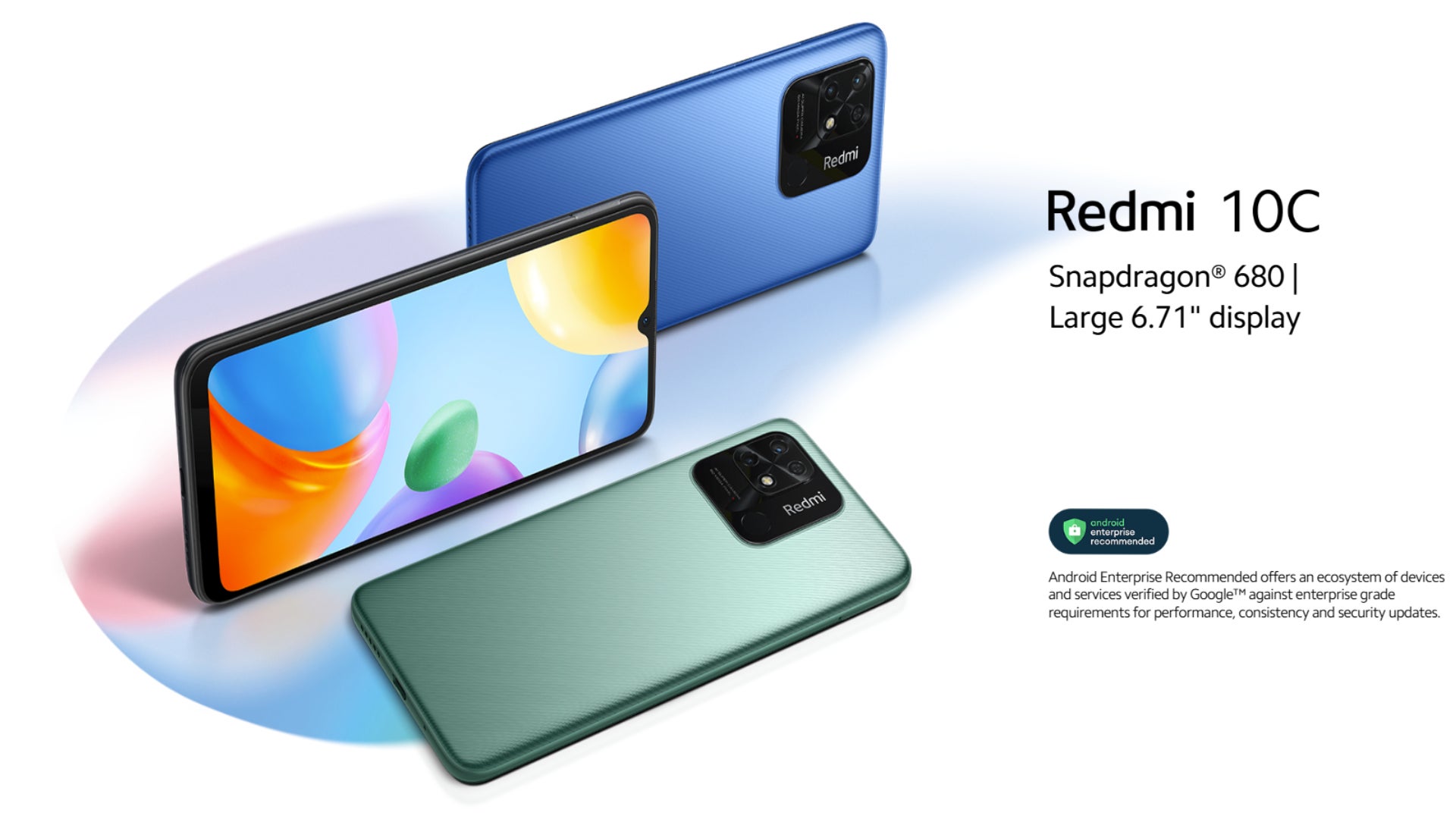
We’re days away from the Xiaomi 15 Ultra, one of 2025’s most promising maxed-out flagships; days ago, Xiaomi released its Redmi Note 14 series, consisting of five distinct handsets: the cheapest costs €200, the most expensive – €500. They all come with 6.7-inch, 120Hz AMOLED displays: that’s quite the bang for the buck!
As you can see, Xiaomi offers something for everyone.
However, all things come to an end: in February 2025, several phones by the Xiaomi brand will be supported no more. They are now part of Xiaomi’s End-of-Support (EOS) list and will no longer get official software updates like OS or security patches and bug fixes.
Starting this month, the following smartphones will no longer receive software updates:
- Redmi Note 11 SE
- Redmi Note 11S 5G
- Redmi Note 11S
- Redmi Note 11
- Redmi Note 11 5G
- POCO M4 Pro
- POCO X4 Pro 5G
- Redmi 10C
- Redmi 10 (2022)
This is particularly disappointing for HyperOS 1.0 users, as these devices will not be upgraded to HyperOS 2.0.
Xiaomi typically offers 2-3 years of Android updates and 3-4 years of security updates. With the Redmi Note 11 series and POCO X4 Pro 5G launching in 2022, their update cycle has now ended.
The company prioritizes newer devices for updates, ensuring enhanced software features and stronger security for its latest models.
Why is this important
Security and OS updates play a crucial role in maintaining a smartphone’s performance, security, and longevity. These updates address vulnerabilities that hackers could exploit, protecting user data from potential threats. Regular security patches help safeguard personal information, financial details, and sensitive files from malware and cyberattacks.
OS updates also enhance device functionality by introducing new features, optimizing system performance, and improving battery efficiency. They ensure compatibility with the latest apps and services, preventing performance issues over time. Without updates, smartphones may become more vulnerable to security risks and struggle with outdated software.
Manufacturers prioritize newer models for updates, gradually phasing out older devices. While hardware limitations can restrict long-term support, timely updates are essential for ensuring a smooth and secure user experience throughout a smartphone’s lifespan.
